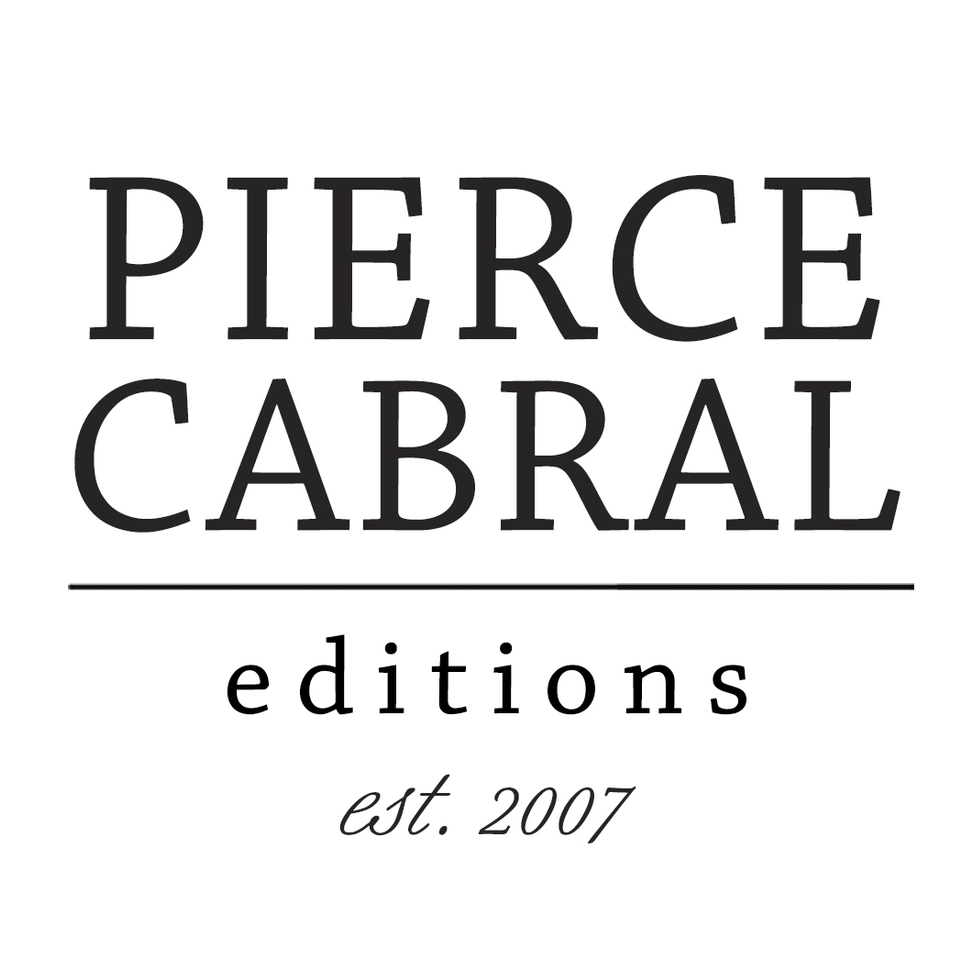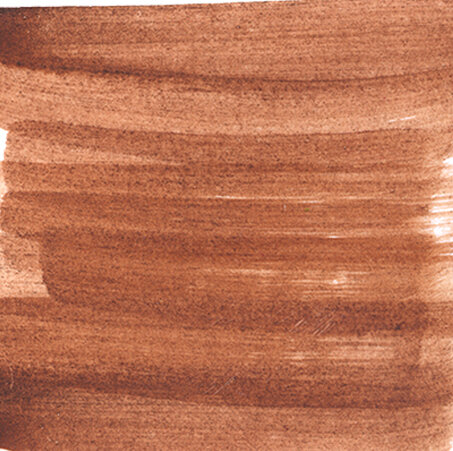Bird clock
In this art installation, a photograph is displayed along side a series of data charts representing bird observations of Twelve native species from the Northeast of the United States. these are the same 12 birds included on a KITSCHY and common wall clock which features a bird song for each hour of the day.
Initially these species were represented ON a CLOCK DIAL because of it’s wide spread presence in OUR habitat, now their display on A ticking-clock is a reminder of possible extinctions. Two-Thirds of North American Birds are estimated to be at Risk of Extinction due to Climate Change.
This work is a record of time. A moment in time. 2020. when a bird clock sang my isolation. Hour by hour.
In the context of a World Pandemic, The significant role of birds as an indicator species of climate change is intertwined with the ancient symbolism of birds as the guides of souls to the otherworld. In ancient greece they were called PSYCOPOMPS.
This artwork based on citizen-collected-scientific-data is a visual interpretation of that which one day might no longer exist, As much as it is a visual representation of those who, since 2020, are no longer with us.
They now fly.
~ dedicated to Henry and Kim.
They Now Fly. (2021). Photograph by Jennifer Cabral.
PSyCHOPOMP psy·cho·pomp /ˈsīkōˌpämp/
noun: psychopomp; plural noun: psychopomps; noun: psychopompos; plural noun: psychopompoi
a guide of souls to the place of the dead.
the spiritual guide of a living person's soul.
Citation: "psychopomp, n." OED Online. Oxford University Press, June 2021. Web. 30 June 2021.
Technique:
“Tempera - The technique of painting with pigments bound in a water-soluble emulsion, such as water and egg yolk.”
– Art Term. Tate.
https://www.tate.org.uk/art/art-terms/t/tempera.
In this work I try to represent the collective trauma experienced during the pandemic. Instead of showing daily counts of COVID cases and deaths, I counted the presence of birds in a specific area of Mercer County, NJ. Each column represents a month of bird observations between March 2020 to February 2021, collected from one of the world’s largest biodiversity-related science projects, ebird.
I used the ancient technique, of tempera, to create the initial hues of color that represents each bird species. Using egg yokes from my favorite local sustainable farm I mixed natural organic pigments produced the same way as in ancient, medieval and Renaissance times.
After my paint strokes dried, I digitized each color to preserve various textures and tones so I could create consistent colors from month to month, to digitally generated each chart of bird observation data.
Here is a great introduction book to learn more about tempera:
Follow #birdclockdownload hashtag on Instagram
December 2020. 1 of 2
December 2020. 2 of 2
January 2021. 1 of 2.
January 2021. 2 0f 2.
February 2021. 1 of 2.
February 2021. 2 of 2.
In remembrance of ______________.
These data charts are now calendars of remembrance for Those we’ve lost. For all that has changed. Free downloads. Month by month. mar 2020-feb 2021.
For those who now fly.
Click to listen each birdsong
Where this data comes from?
Here is the data source and methodology used to inform this art project:
Data Source: eBird database. A crowdsourced citizen data of bird observations from around the globe, generating one of the world’s largest biodiversity science projects managed by the Cornell Lab of Ornithology.
Date Range: Bird counts correspond to the 1st, 8th, 15th and 22nd of each month starting in March 2020 and ending on February 2021.
Count used: Daily Average count.
Region: The area of observation selected was central New Jersey, in particular Princeton area and the bird sanctuary “Charles H. Rogers Wildlife Refuge” - a 39-acres of deciduous forest has an unusual concentration of bird species. Its trails offer some of the best bird watching in the area, especially during the migration season of songbirds (late April - late May) and it’s considered a central New Jersey birding “Hot Spot”. About 90 bird species use this refuge as its nesting habitat and over 200 species visit it during migration.
Species:
Summer Tanager; Species: Piranga rubra; Family: Traupidae.
Song Sparrow; Species: Melospiza melodia; Family: Emberizidae.
Purple Martin; Species: Progne subis; Family: Hirundinidae.
American Goldfinch; Species: Carduelis tristis; Family: Fringillidae.
Wood Trush; Species: Hylocichla mustelina; Family: Trudidae.
Common Yellowthroat; Species: Geothlypis trichas; Family: Parulidae.
Eastern Meadowlark; Species: Sturnella magna; Family: Icteridae.
Carolina Wren; Thryothorus ludovicianus; Family: Troglodytidae
Eastern Bluebird; Species: Sialia sialis; Family: Turdidae.
Red-Winged Blackbird; Species: Agelaius phoeniceous; Family: Icteradea.
Yellow Warbler; Species: Dendroica petechia; Family: Parulidae.
Hermit Thrush; Species: Catharus guttatus; Family: Turdidae.
About Charles H. Rogers
Because of his role in establishing this area as a bird sanctuary, and in recognition of his contribution to ornithology, a Wildlife Refuge in central New Jersey was dedicated to Charles H. Rogers upon his death in 1977.
His personal bird journals were the inspiration for this art installation as well as an online exhibition I curated from the Digital Collections at Princeton University Library.
See my first digital curation “Capturing Feathers” at https://dpul.princeton.edu/capturing_feathers
"Although I relied upon citizen collected data, this artwork is only my poetic interpretation of science.”
- Jennifer Cabral
MAKE A CHANGE.
Help fight climate change.
turn off the lights.
use less water.
take the bus.
Birds say, thank you.
References:
eBird. 2021. eBird: An online database of bird distribution and abundance. eBird, Cornell Lab of Ornithology, Ithaca, New York. Available: http://www.ebird.org. (Accessed: March 20, 2020).
Bird sound recording: © Peter Boesman / Macaulay Library at the Cornell Lab of Ornithology (ML299537).
Boesman, P. (2007, February 12). Song Sparrow (heermanni Group) Macaulay Library ML296716. Song Sparrow (heermanni Group) Macaulay Library. https://macaulaylibrary.org/asset/296716.
Bird sound recording: © Peter Boesman / Macaulay Library at the Cornell Lab of Ornithology (ML296716).
Boesman, P. (2017, October 23). Carolina Wren Macaulay Library ML303514. Carolina Wren Macaulay Library. https://macaulaylibrary.org/asset/303514.
Bird sound recording: © Peter Boesman / Macaulay Library at the Cornell Lab of Ornithology (ML303514).
Boesman, P. (2007, February 22). Red-winged Blackbird Macaulay Library ML297099. Red-winged Blackbird Macaulay Library. https://macaulaylibrary.org/asset/297099.
Bird sound recording: © Peter Boesman / Macaulay Library at the Cornell Lab of Ornithology (ML297099)
Hershberger, W. (2018, April 8). American Goldfinch Macaulay Library ML539606. American Goldfinch Macaulay Library. https://macaulaylibrary.org/asset/539606.
Bird sound recording: © Wil Hershberger / Macaulay Library at the Cornell Lab of Ornithology (ML539606).
Hershberger, W. (2014, July 20). Eastern Bluebird Macaulay Library ML534749. Eastern Bluebird Macaulay Library. https://macaulaylibrary.org/asset/534749.
Bird sound recording: © Wil Hershberger / Macaulay Library at the Cornell Lab of Ornithology (ML534749).
Boesman, P. (2016, June 4). Hermit Thrush Macaulay Library ML303333. Hermit Thrush Macaulay Library. https://macaulaylibrary.org/asset/303333.
Bird sound recording: © Peter Boesman / Macaulay Library at the Cornell Lab of Ornithology (ML303333).
Boesman, P. (1998, April 10). Common Yellowthroat Macaulay Library ML288195. Common Yellowthroat Macaulay Library. https://macaulaylibrary.org/asset/288195.
Bird sound recording: © Peter Boesman / Macaulay Library at the Cornell Lab of Ornithology (ML288195).
Boesman, P. (1999, April 25). Purple Martin Macaulay Library ML288472. Purple Martin Macaulay Library. https://macaulaylibrary.org/asset/288472.
Bird sound recording: © Peter Boesman / Macaulay Library at the Cornell Lab of Ornithology (ML288472).
Boesman, P. (1999, April 15). Wood Thrush Macaulay Library ML288417. Wood Thrush Macaulay Library. https://macaulaylibrary.org/asset/288417.
Bird sound recording: © Peter Boesman / Macaulay Library at the Cornell Lab of Ornithology (ML288417).
Boesman, P. (2016, June 4). Yellow Warbler (Northern) Macaulay Library ML303325. Yellow Warbler (Northern) Macaulay Library. https://macaulaylibrary.org/asset/303325.
Bird sound recording: © Peter Boesman / Macaulay Library at the Cornell Lab of Ornithology (ML303325).
Boesman, P. (2007, December 30). Summer Tanager Macaulay Library ML297434. Summer Tanager Macaulay Library. https://macaulaylibrary.org/asset/297434.
Bird sound recording: © Peter Boesman / Macaulay Library at the Cornell Lab of Ornithology (ML297434).
Boesman, P. (2010, January 9). Eastern Meadowlark Macaulay Library ML299537. Eastern Meadowlark Macaulay Library. https://macaulaylibrary.org/asset/299537.
Bird sound recording: © Peter Boesman / Macaulay Library at the Cornell Lab of Ornithology (ML299537).




















